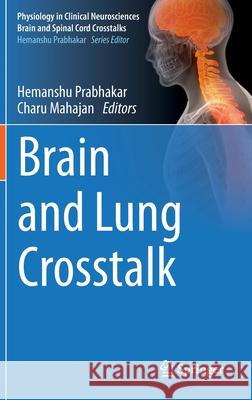Brain and Lung CrossTalk » książka
topmenu
Brain and Lung CrossTalk
ISBN-13: 9789811523441 / Angielski / Twarda / 2020 / 103 str.
Brain and Lung CrossTalk
ISBN-13: 9789811523441 / Angielski / Twarda / 2020 / 103 str.
cena 402,53
(netto: 383,36 VAT: 5%)
Najniższa cena z 30 dni: 385,52
(netto: 383,36 VAT: 5%)
Najniższa cena z 30 dni: 385,52
Termin realizacji zamówienia:
ok. 22 dni roboczych
Dostawa w 2026 r.
ok. 22 dni roboczych
Dostawa w 2026 r.
Darmowa dostawa!
Kategorie BISAC:
Wydawca:
Springer
Seria wydawnicza:
Język:
Angielski
ISBN-13:
9789811523441
Rok wydania:
2020
Wydanie:
2020
Numer serii:
001087165
Ilość stron:
103
Waga:
0.35 kg
Wymiary:
23.39 x 15.6 x 0.79
Oprawa:
Twarda
Wolumenów:
01
Dodatkowe informacje:
Wydanie ilustrowane











